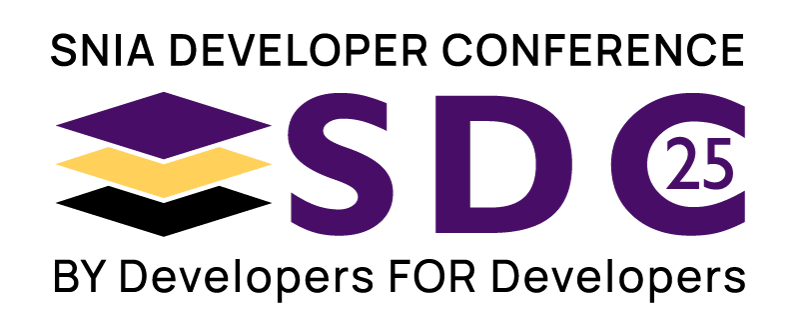
Istio Service Mesh: A Primer

Abstract
Microservices architectures enhance the ability for modern software teams to deliver applications at scale and have expanded the distributed nature of application. But as an application’s footprint grows, the challenge is to understand and control interactions among services within these environments. Enabling Service Mesh controls the communication, configuration and behavior of microservices in an application. A service mesh is a dedicated infrastructure layer for handling service-to-service communication in any microservice, public cloud or Kubernetes architecture. Istio, an open source project complimentary to Kubernetes, allows you to set up a service mesh of your own to start learning more about how it works. It offers service(request) discovery, monitoring, reliability, and security to applications.
Learning Objectives
- Understand service mesh and the capabilities it offers to manage microservices.
- Understand the technology solution (Istio) high level architecture and Istio components
- Understand Istio capabilities - Traffic Management, Monitoring and Observability and Security
- Understand Istio dashboards to monitor and debug microservices.




